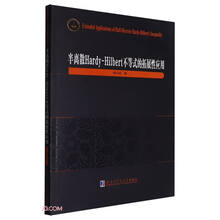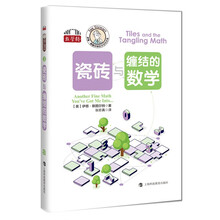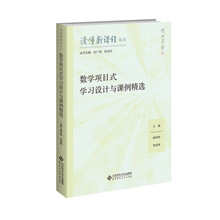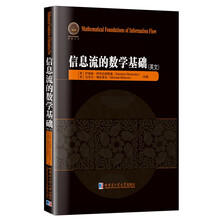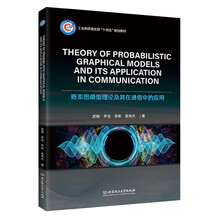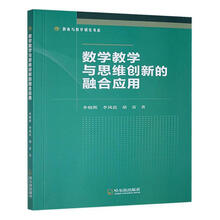Preface
Preface to the second edition
Ⅰ Knots, links, and invariant polynomials
1 Introduction
1.1 Basic definitions
Reidemeister moves. Knot arithmetics
2.1 Polygonal links and Reidemeister moves
2.2 Independence of Reidemeister moves
2.3 Knot arithmetics and Seifert surfaces
3 Links in 2-surfaces in R3. Simplest link invariants
3.1 Knots in 2-surfaces. The classification of torus knots
3.2 The linking coefficient
3.3 The Arf invariant
3.4 The colouring invariant
4 Fundamental group. The knot group
4.1 Digression. Examples of unknotting
4.2 Pundamental group. Basic definitions and examples
4.3 Calculating knot groups
5 The knot quandle and the Conway algebra
5.1 Introduction
5.2 Geometric and algebraic definitions of the knot quandle .
5.2.1 Geometric description of the quandle
5.2.2 Algebraic description of the quandle
5.3 Completeness of the quandle
5.4 Special realisations of the quandle: eolouring invariant, fundamental group, Alexander polynomial
5.5 The Conway algebra and polynomial invariants
5.6 Realisations of the Conway algebra. The Conway-Alexander,Jones, HOMFLY-PT and Kauffman polynomials
5.7 More on Alexander's polynomial. Matrix representation
6 Kauffman's approach to Jones polynomial
6.1 State models in physics and Kauffman's bracket
6.2 Kauffman's forIn of Jones polynomial and skein relations
6.3 Kauffman's two-variable polynomial
7 Properties of Jones polynomials. Khovanov's complex
7.1 Simplest properties
7.2 Tait's first conjecture and Kauffman-Murasugi's theorem
7.3 Menasco-Thistletwaite theorem and the classification of alterhating links
7.4 The third Tait conjecture
7.5 A knot table
7.6 Khovanov's categorification of the Jones polynomial
7.6.1 The two phenomenological conjectures
7.6.2 Spanning tree for Khovanov complex
7.6.3 The Khovanov polynomial and Frobenius extensions
7.6.4 Minimal diagrams of links
8 Lee-Rasmussen invariant, slice knots, and the genus conjecture
8.1 Khovanov homology and Lee homology
8.1.1 Lee's homology
8.1.2 Calculation of Kh'
8.2 The Rasmussen invariant: Definition and basic properties of the invariant
8.2.1 The invariant s
8.2.2 Properties of s
8.3 Behaviour under cobordisms
8.3.1 Elementary cobordisms
8.3.2 Induced maps
8.3.3 Canonical generators
8.3.4 The slice genus
8.4 Computations and relations with other invariants
8.4.1 Using Kh
8.4.2 Positive knots
8.5 R eideIneister moves
Ⅱ Theory of braids
9 Braids, links and representations of braid groups
9.1 Four definitions of the braid group
9.1.1 Geometrical definition
9.1.2 Topological definition
9.1.3 Algebro-geometrical definition
9.1.4 Algebraic definition
9.1.5 Equivalence of the four definitions
……
Ⅲ Vassiliev's invariants.Atoms and d-diagrams
Ⅳ Virtual knots
V Knots, 3-manifolds, and Legendrian knots
D Unsolved problems in knot theory
Bibliography
Index
编辑手记
展开


